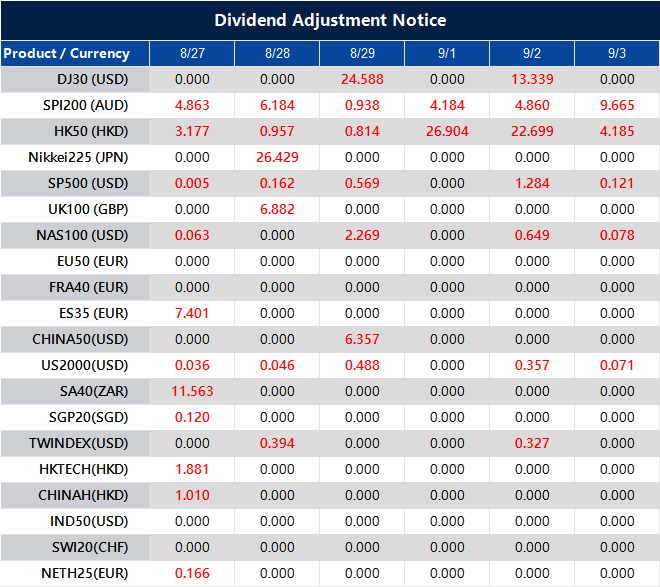The USDJPY pair is staying within a tight range as everyone waits for important US jobs data. Traders are particularly focused on the Non-Farm Payrolls (NFP) report, which could significantly influence interest rate expectations.
Currently, traders believe there is an 84% chance of a rate cut in September, with a total drop of 54 basis points expected by the end of the year. Strong job data could reduce the chance of a September cut to 50%, leading to a more aggressive approach that would support the dollar. On the other hand, weak data may boost expectations for more cautious moves, putting downward pressure on the greenback.
The Yen And Global Market Dynamics
The yen has strengthened due to expectations of a dovish Fed, but it might rise further if US data is weak or if Japanese inflation figures increase. More fiscal support in Japan could also drive up inflation there.
Looking at the daily chart, USDJPY is struggling below the 148.50 resistance, with sellers aiming for the 145.50 level. A breakout higher could push prices toward 151.00. Both the 4-hour and 1-hour charts show that traders are waiting for key data, with minor trends and resistance levels potentially leading to bullish momentum.
Key upcoming events include the US Jobless Claims and the Tokyo CPI, along with the US PCE price index this Friday.
The USD/JPY is currently moving within a narrow range as we await important US labor market data next week. The dollar has stabilized after the Jackson Hole Symposium, but its next big move depends on whether the jobs report will change the Federal Reserve’s plans. The market has priced in an 84% chance of a rate cut in September, especially after last month’s Non-Farm Payrolls report showed a weaker-than-expected increase of only 175,000 jobs.
Strategic Trading Insights
For derivative traders, this creates a clear situation to trade around. If the NFP number is strong, say above 220,000, expectations for a September cut will fall, likely pushing USD/JPY higher. A smart strategy would be to buy call options with a strike price around 149.00, aiming for a rally past the crucial 148.50 resistance level with limited risk.
Conversely, if the jobs data is weak, possibly below 150,000, it would reinforce the Fed’s dovish stance and might even lead to the pricing of a third rate cut by year-end. This scenario would significantly weigh on the dollar. Traders should consider buying put options with a strike near 146.50, targeting a move down toward the major trendline support around 145.50.
On the yen side, its recent strength comes mainly from expected Fed easing. For the yen to gain traction on its own, we need to see a notable increase in Japanese inflation, and last month’s Tokyo Core CPI reading of 2.5% keeps the possibility of another Bank of Japan rate hike in play. This week’s PCE data in the US, expected to show core inflation steady at 2.7%, will be closely monitored as a key factor before the jobs report.
Given the uncertainty, a volatility strategy might be the best approach. Buying a straddle, which includes both a call and a put option with the same strike price and expiration date, can help a trader profit from a large price movement in either direction. This is a great strategy for capturing potential swings following the NFP release.
We should also remember the historical context as the pair nears the 148.50-150.00 range. The Ministry of Finance intervened significantly in 2022, and officials issued warnings throughout 2024 when the pair exceeded 150. This background makes the resistance strong, indicating that any rapid upward move could encounter official pushback, limiting gains.
Create your live VT Markets account and start trading now.
here to set up a live account on VT Markets now




